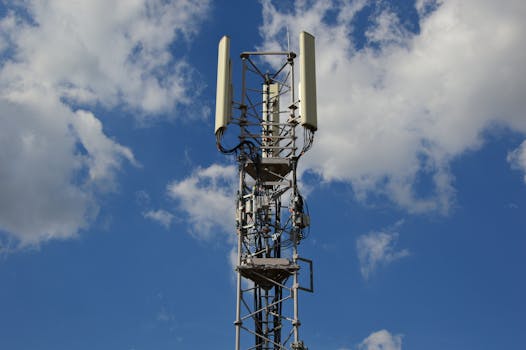
GEO Satellites: Understanding the Technology and Applications
GEO satellites, or Geostationary Earth Orbit satellites, are a type of satellite that orbits the Earth at an altitude of approximately 36,000 kilometers, allowing them to remain stationary relative to a fixed point on the Earth’s surface. This unique characteristic makes GEO satellites an essential component of modern telecommunications, providing a wide range of services including television broadcasting, internet connectivity, and mobile communications.
The concept of GEO satellites was first proposed by scientist Arthur C. Clarke in 1945, and the first GEO satellite, Syncom 2, was launched in 1963. Since then, the technology has evolved significantly, with advancements in materials, propulsion systems, and electronics. Today, there are hundreds of GEO satellites in orbit, providing a wide range of services to billions of people around the world.
How GEO Satellites Work
GEO satellites work by transmitting and receiving signals to and from Earth stations, which are located on the ground. The satellites are equipped with transponders, which are devices that receive signals from Earth stations, amplify them, and then re-transmit them back to Earth. The signals are transmitted on a specific frequency, and the satellites are designed to operate on a specific band, such as C-band, Ku-band, or Ka-band.
The satellites are also equipped with antennas, which are used to transmit and receive signals. The antennas are designed to operate on a specific frequency and are typically directional, meaning they are designed to transmit and receive signals from a specific location on Earth. The signals are transmitted through the atmosphere, and the satellites are designed to compensate for the attenuation and delay caused by the atmosphere.
Applications of GEO Satellites
GEO satellites have a wide range of applications, including television broadcasting, internet connectivity, mobile communications, weather forecasting, and navigation. Television broadcasting is one of the most common applications of GEO satellites, with many satellites providing direct-to-home (DTH) television services to millions of people around the world.
Internet connectivity is another major application of GEO satellites, with many satellites providing broadband internet services to remote and underserved areas. Mobile communications is also a significant application, with many satellites providing mobile phone services to areas where terrestrial networks are not available.
Benefits and Challenges of GEO Satellites
GEO satellites have many benefits, including global coverage, high bandwidth, and low latency. They are also relatively low-cost compared to other types of satellites, and they can be launched into orbit using a variety of launch vehicles. However, GEO satellites also have some challenges, including congestion, interference, and regulatory issues.
Congestion is a significant challenge for GEO satellites, as the number of satellites in orbit is increasing rapidly, and the available spectrum is limited. Interference is also a challenge, as the signals transmitted by GEO satellites can interfere with other satellites and terrestrial systems. Regulatory issues are also a challenge, as the use of GEO satellites is regulated by national and international authorities, and there are many rules and regulations that must be followed.
Future of GEO Satellites
The future of GEO satellites is bright, with many new technologies and applications being developed. One of the most significant trends is the development of high-throughput satellites (HTS), which are designed to provide high-speed internet services to remote and underserved areas. Another trend is the development of small satellites, which are designed to be smaller, cheaper, and more efficient than traditional GEO satellites.
In conclusion, GEO satellites are a crucial part of modern telecommunications, providing a wide range of services including television broadcasting, internet connectivity, and mobile communications. While there are challenges to be addressed, the benefits of GEO satellites make them an essential component of modern telecommunications, and their future is bright with many new technologies and applications being developed.